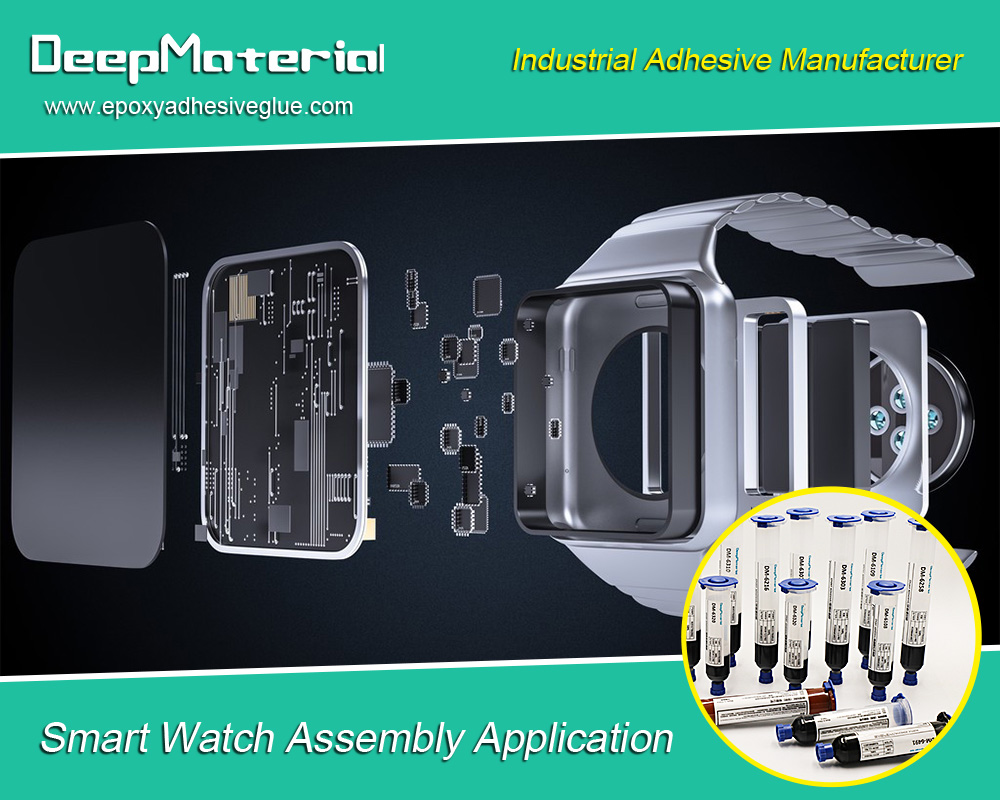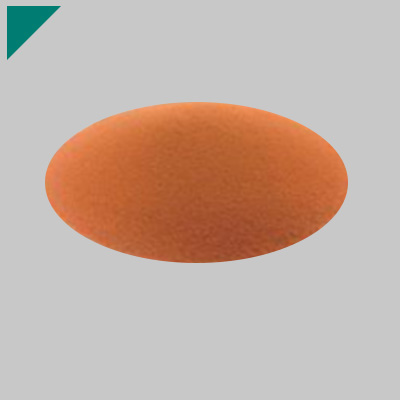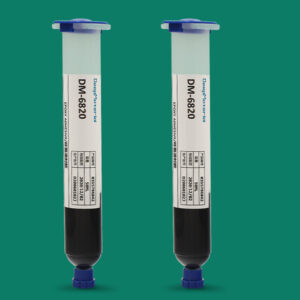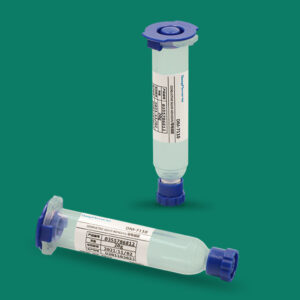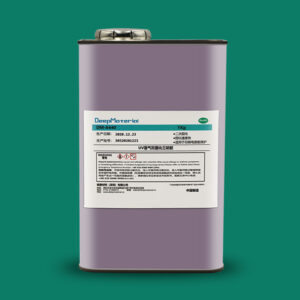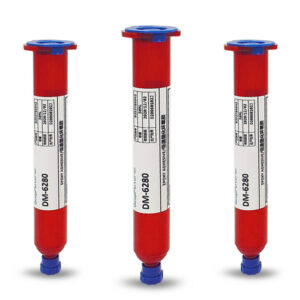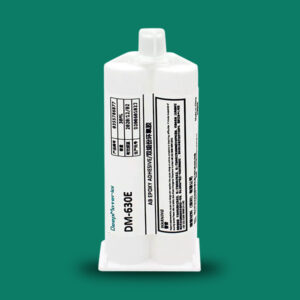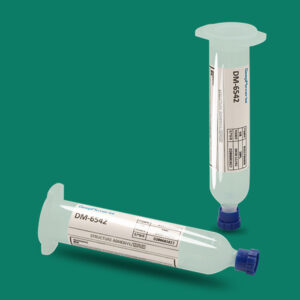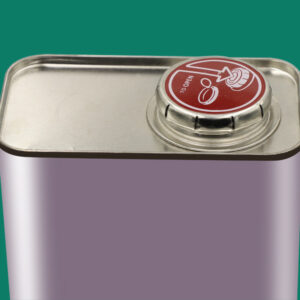Mobile Phone Shell Tablet Frame Bonding: A Comprehensive Guide
Mobile Phone Shell Tablet Frame Bonding: A Comprehensive Guide
Mobile phones and tablets have become indispensable communication, entertainment, and productivity tools in today’s fast-paced digital world. As these devices evolve, so does the technology behind their manufacturing. Co-bonding mobile phone shells and tablet frames is critical in producing these devices. This article delves into the significance, techniques, materials, and advancements in mobile phone shell tablet frame bonding.
The mobile device market has witnessed tremendous growth and innovation over the years. With the demand for slimmer and more durable devices, manufacturers have adopted various bonding techniques to enhance mobile phones’ and tablets’ structural integrity and aesthetic appeal. Understanding the methods and materials involved in mobile phone shell tablet frame bonding is essential for manufacturers, engineers, and consumers alike. This article will explore the different bonding methods, their applications, and the future of this critical manufacturing process.
Understanding Mobile Phone Shell and Tablet Frame Bonding
Mobile phone shell tablet frame bonding refers to joining the outer shell of a mobile device with its internal frame. This bond ensures the device remains intact and functional while providing a sleek appearance. The bonding process typically involves various materials and techniques, which can significantly impact the overall performance and longevity of the device.
The Importance of Bonding
The bonding of mobile phone shells and tablet frames serves several purposes:
- Structural Integrity: A strong bond ensures the device can withstand drops and impacts, protecting the internal components.
- Water and Dust Resistance: Effective bonding can help seal gaps, preventing moisture and dust from entering the device.
- Aesthetic Appeal: A seamless bond enhances the device’s overall look, making it more attractive to consumers.
- Durability: Quality bonding materials can extend the lifespan by resisting wear and tear.
 Bonding Techniques
Bonding Techniques
Several bonding techniques are employed in the manufacturing of mobile phones and tablets. Each method has advantages and disadvantages, making it crucial for manufacturers to choose the right one based on their specific requirements.
Adhesive Bonding
Adhesive bonding is one of the most common methods used in mobile phone shell tablet frame bonding. This technique involves applying an adhesive layer between the shell and frame to create a strong bond.
Types of Adhesives
- Epoxy Adhesives: Epoxy adhesives are widely used in the electronics industry. They are known for their excellent strength and durability.
- Polyurethane Adhesives: These adhesives offer flexibility and can withstand various environmental conditions.
- Acrylic Adhesives: Known for their quick curing time, acrylic adhesives provide strong bonds with minimal surface preparation.
Advantages of Adhesive Bonding
- Versatility: Adhesive bonding can be used with various materials, including metals, plastics, and glass.
- Even Stress Distribution: Adhesives can distribute stress evenly across the bonded area, reducing the risk of failure.
- No Heat Required: This method does not require high temperatures, making it suitable for heat-sensitive components.
Mechanical Bonding
Mechanical bonding involves the use of physical fasteners, such as screws, clips, or brackets, to hold the shell and frame together.
Advantages of Mechanical Bonding
- Reparability: Devices can be disassembled and repaired easily if mechanical fasteners are used.
- Strong Initial Bond: Mechanical bonding provides a robust initial bond, which can be beneficial during assembly.
Disadvantages of Mechanical Bonding
- Weight: Fasteners can add weight to a device, a critical consideration for portable devices.
- Aesthetic Impact: Visible screws or clips can detract from the sleek design of modern devices.
Ultrasonic Welding
Ultrasonic welding is a technique that uses high-frequency sound waves to create heat and bond materials together. This method is particularly effective for plastics.
Advantages of Ultrasonic Welding
- Speed: The process is quick, often taking only a few seconds to complete.
- Strong Bonds: Ultrasonic welding creates strong, consistent bonds without adhesives.
- Clean Process: No residual materials are left behind, making it a clean bonding method.
Laser Bonding
Laser bonding involves using lasers to melt and bond materials together. This method is gaining popularity in electronics due to its precision and efficiency.
Advantages of Laser Bonding
- Precision: Lasers allow for precise targeting, producing clean and accurate bonds.
- Speed: The process is fast, making it suitable for high-volume production.
- Minimal Heat Impact: Laser bonding minimizes the heat impact on surrounding materials.
Materials Used in Bonding
The choice of materials plays a significant role in the success of mobile phone shell tablet frame bonding. The materials used for shells and frames can vary widely, including:
- Aluminum: Lightweight and durable, aluminum is commonly used for device frames due to its strength and corrosion resistance.
- Plastic: Various plastics are used for shells and frames, offering flexibility and lightweight properties.
- Glass: Many modern devices feature glass shells for aesthetic appeal and touchscreen functionality.
- Composite Materials: These materials combine the benefits of different materials, such as strength and lightweight properties.
Compatibility of Materials
It is crucial to ensure that the bonding materials are compatible with the shell and frame materials to achieve a strong bond. Incompatible materials can lead to weak bonds, resulting in device failure.
Challenges in Mobile Phone Shell Tablet Frame Bonding
While bonding techniques have advanced significantly, several challenges remain in the bonding process:
Material Compatibility
Ensuring that the bonding materials are compatible with the shell and frame materials is critical. Incompatibility can lead to poor adhesion and device failure.
- Surface Preparation
- Proper surface preparation is essential for achieving solid bonds. Contaminants such as dust, grease, or moisture can hinder adhesion, making surface cleaning a critical step in bonding.
- Environmental Conditions
- Environmental conditions such as temperature and humidity can affect bonding processes. Manufacturers must control these factors to ensure consistent results.
- Production Speed
- As the demand for mobile devices grows, manufacturers face pressure to increase production speed. Balancing speed with the quality of bonding remains a challenge.
Future Trends in Mobile Phone Shell Tablet Frame Bonding
As technology continues to evolve, several trends are emerging in mobile phone shell tablet frame bonding:
Smart Materials
- Innovative materials that respond to environmental changes (such as temperature or humidity) may revolutionize bonding techniques. These materials can adapt and provide enhanced performance in varying conditions.
Automated Bonding Processes
- Automation is becoming increasingly prevalent in manufacturing. Automated bonding processes can improve bonding applications’ efficiency, consistency, and precision.
Eco-Friendly Adhesives
- With a growing focus on sustainability, manufacturers are exploring eco-friendly adhesives that minimize environmental impact without sacrificing performance.
Advanced Surface Treatments
- New surface treatment technologies can enhance materials’ adhesion properties, improving bonding techniques’ effectiveness.
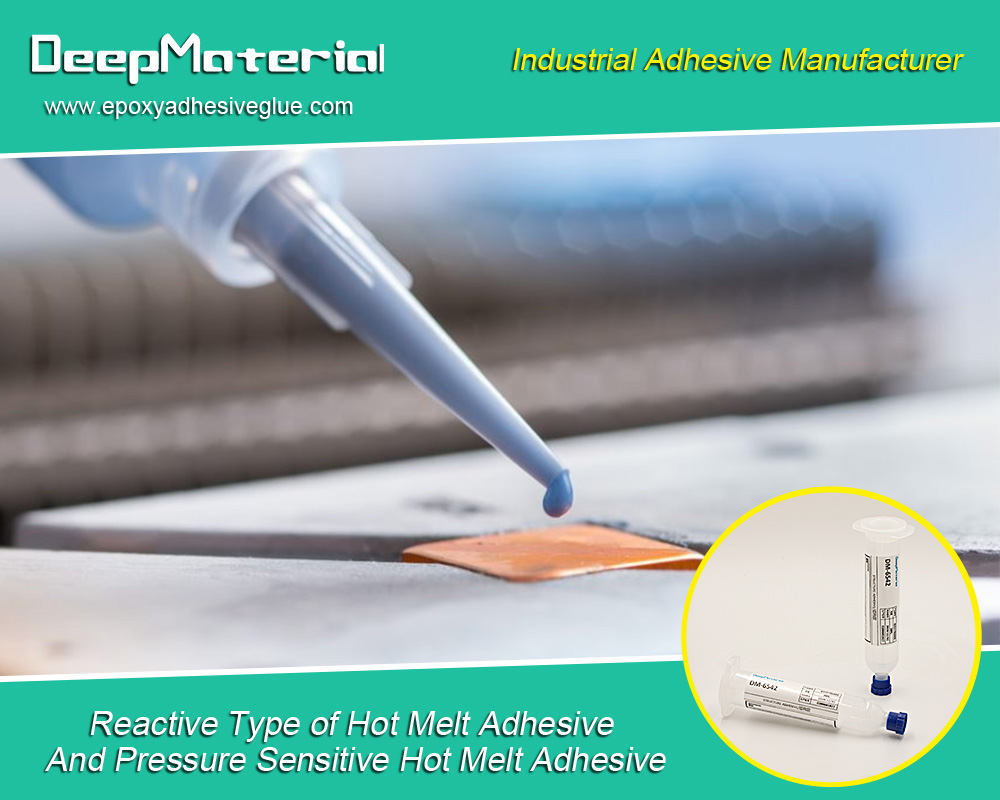
Conclusion
Mobile phone shell tablet frame bonding is a critical process in the manufacturing of modern devices. Manufacturers must adopt advanced bonding techniques and materials as consumers demand sleeker, more durable, and aesthetically pleasing products. By understanding the various methods, materials, and challenges involved in this process, industry professionals can make informed decisions that enhance the performance and longevity of mobile devices. The future of mobile phone shell tablet frame bonding is bright, with innovations poised to improve efficiency, sustainability, and overall product quality. As technology advances, the methods and materials used in bonding will undoubtedly evolve, paving the way for even more remarkable devices in the years to come.
For more about choosing the best mobile phone shell tablet frame bonding: a comprehensive guide, you can pay a visit to DeepMaterial at https://www.epoxyadhesiveglue.com/category/epoxy-adhesives-glue/ for more info.


